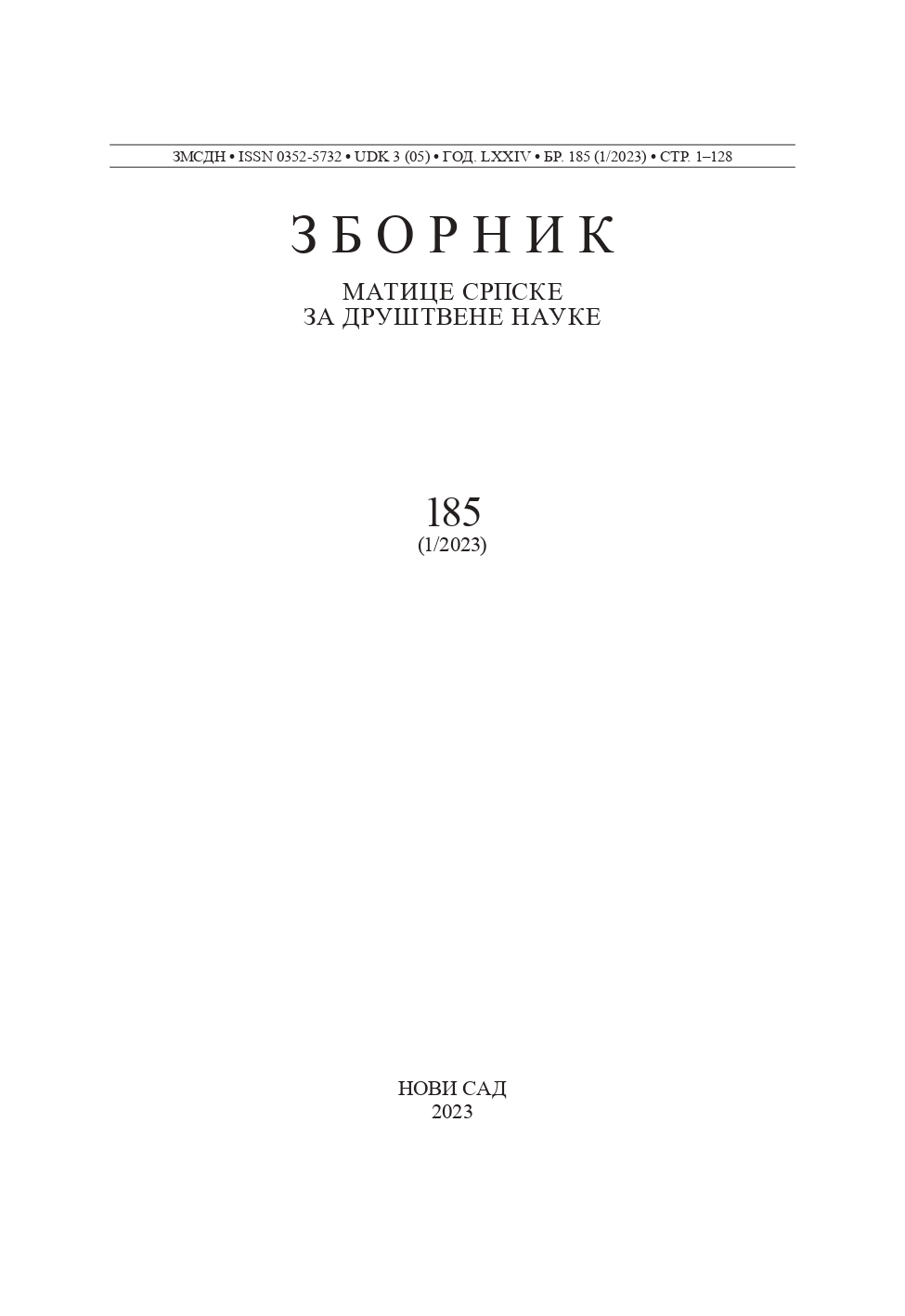ДЕМОГРАФСКЕ ПРОМЕНЕ У УКУПНОМ БРОЈУ И ЕТНИЧКОЈ СТРУКТУРИ СТАНОВНИШТВА СИРИНИЋКЕ ЖУПЕ ОД 1913. ДО 2011. ГОДИНЕ
DEMOGRAPHIC CHANGES IN THE TOTAL NUMBER AND ETHNIC STRUCTURE OF THE POPULATION OF SIRINIĆ ŽUPA FROM 1913 TO 2011
Author(s): Jovo M. Medojević, Saša MilosavljevićSubject(s): Social Sciences, Sociology, Demography and human biology
Published by: Матица српска
Keywords: Population; Republic of Serbia; Autonomous Province of Kosovo and Metohija; Sirinić župa; ethnic structure
Summary/Abstract: The geographical area of Sirinić župa is a part of the region of the Autonomous Province of Kosovo and Metohija. The subject of studying the total number and ethnic structure of the population is based on the monitoring and analysis of demographic processes and their trends in Sirinić župa from 1913 to 2011. With 16 settlements, Župa represents a multi-ethnic area where Serbs, Albanians, Gorans, Muslims, Bosniaks and Roma have lived for centuries. As a separate parish, this region was first mentioned in the era of the Serbian medieval state. During the period of Turkish rule, and even later until the 19th century, settlements and economic life in Sirinić župa stagnated. Sirinić župa was included in the population censuses from 1913 to 2011. The population censuses from 1921 and 1931 clearly indicate an increase in the population. After the Second World War, Sirinić župa was included in the censuses from 1948 to 2011. Censuses in the period from 1948 to 1989 record a constant increase in the population. However, the 1991 census recorded a decrease in the total number of inhabitants by 1% compared to the 1989 census. Demographic processes after 1999, when NATO bombed FR Yugoslavia and AP Kosovo and Metohija, unequivocally point to complex and serious factors that befell the Serbian community. The 2011 census, which was organized by the temporary institutions of Kosovo and Metohija, was boycotted by the Serbian population. Today, Serbs live in enclaves, displaced, without human dignity, without jobs and without conditions for returning to their centuries-oldSerbian hearths. The current demographic processes in Sirinić župa are characterized by the complexity identified through the reduction of the population, unfavourable security conditions for the Serbian community, unfavourable economic, health and social development.
Journal: Зборник Матице српске за друштвене науке
- Issue Year: 2023
- Issue No: 185
- Page Range: 61-77
- Page Count: 17
- Language: Serbian

